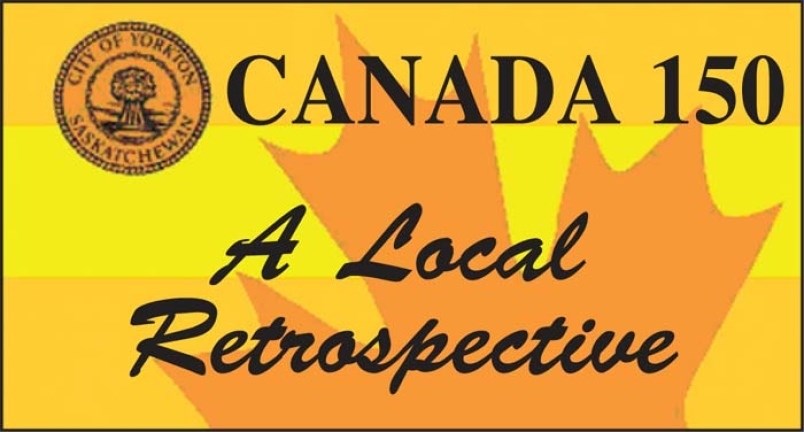This week in 1950, the Korean War was escalating. The Canadian ships HMCS Cayuga, HMCS Athabaskan, and HMCS Sioux had joined the United States naval task force as part of the United Nations contingent on July 13, 1950. The war began on June 25, 1950.
The Yorkton Enterprise, in the July 20 edition, threw its support behind the task force and United Nations intervention in Korea within the “All Things Considered” column, a regular feature in the era. The writer, credited as SNW, argued that the initial, minimal support by the United States indicated “no imperial expansionist agenda.” The war was treated as a proxy war between the United States and Russia, and the Enterprise’s coverage mentioned Russia at least as much as either Korea.
“It certainly seems to me that there would be a better hope of a general settlement with Soviet Russia following upon the defeat of aggression in Korea on a localized scale than would be possible after another Communist success,” Winston Churchill is quoted as saying in the Enterprise. That said, Churchill continued in a much more inspiring vein.
“The British and Americans do not war with races or governments as such. Tyranny, external or internal, is our foe, whatever trappings or disguises it wears, whatever language it speaks or perverts.”
The war never officially ended – while overt fighting ended in 1953, there was no peace treaty, just a cease fire. Tensions with North Korea and the United Nations continue to this day – missile tests by the North Korean military, for example, remain headlines 67 years later.
Within Yorkton itself, the city was in the midst of a boom. The city’s population broke 8,500 people, and the Enterprise reported in the July 13, 1950 edition that there were 532 new homes, 50 stores and $5 million in building permits in the city. The city was called the fastest growing little city in Saskatchewan.
At the end of World War II, in 1945, there were 1,068 homes in Yorkton, but exactly 1,600 in at the time of writing in 1950, and that did not include apartment blocks.
One of the consequences of the building boom were increased building costs. The total assessment on improved property in Yorkton in 1945 was $2,393,741, but the same property would be worth $7,181,100 if constructed in 1950, claimed the Enterprise.
One of those buildings was the newest shopping centre in the city, located on Third Ave. That building contained three stores, Joy Frocks, Spence’s Shoe Store and the Simpson’s Order Office.
Unfortunately, a boom of another kind claimed a victim in Stornoway. John Zawada, 21, was killed when struck by lightening. His body was discovered under his cultivator after he didn’t return home from working the fields on July 11.
Safeway in the city held their Anniversary Sale, and one of the headline deals was a bag of flour for $5.85. If that seems like a lot, bear in mind that the bag was 98 lbs. If you made bread with all that flower, you could put some strawberry jam on it, which was $1.35 for a 4 lb. tin.




